Going to Extremes
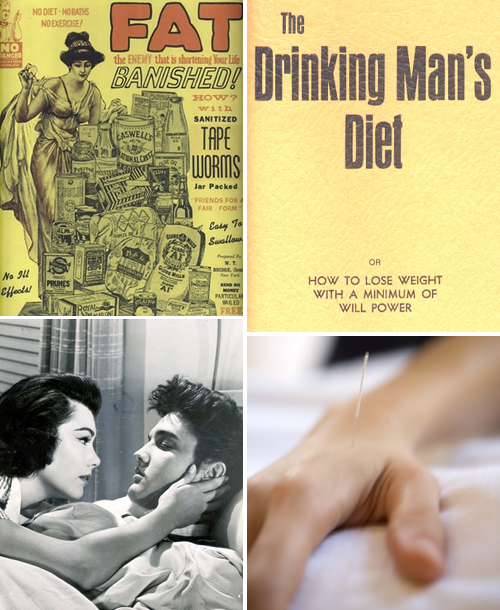
Nutritional fads aren’t a new thing—centuries before the cabbage soup diet was even a glimmer in somebody’s eye, so-called experts were recommending all sorts of bizarre eating regimens. In this feature, we spotlight 10 of the most absurd dietary fads, examining the big promises they made and the real results.
Vinegar Diet, 1806

The modern era of the fad diet can be traced back to Lord Byron, the British Romantic poet. Byron was horrified of being overweight, and so ate a disgusting combination of biscuits, soda water and potatoes soaked in vinegar to reduce his appetite. While vinegar does have some health benefits, consuming it this way isn’t particularly good for you. Later in his life, the manic writer subsisted on toast and tea instead, having lost his taste for vinegar. Byron would also wear multiple layers of wooly clothing to make himself sweat excessively.
Photo via WikiCommons
Chewing Diet, 1906
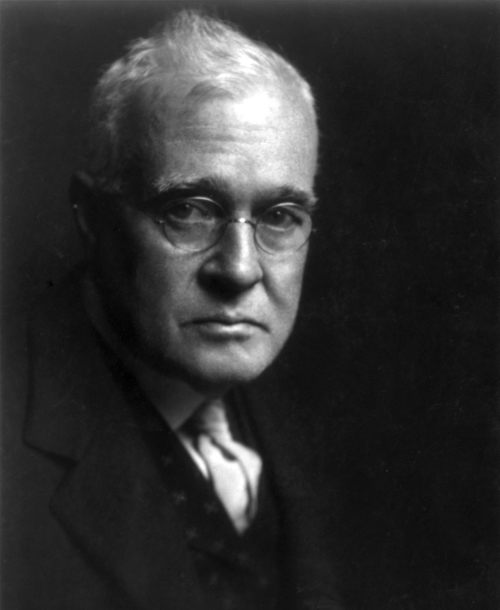
Popularized by a man named Horace Fletcher, the Chewing Diet theorized that all of the important nutrients in food could be absorbed in liquid form. For each mouthful you took, you were supposed to chew it at least 32 times to allow your saliva to release the carbohydrates, fats and proteins, and to chew ideally until the food is completely liquid. Even if food was already liquid, like soup or juice, Fletcher insisted you “chew” it anyways before swallowing.
Photo via WikiCommons
Tapeworm Diet, 19th and 20th Centuries
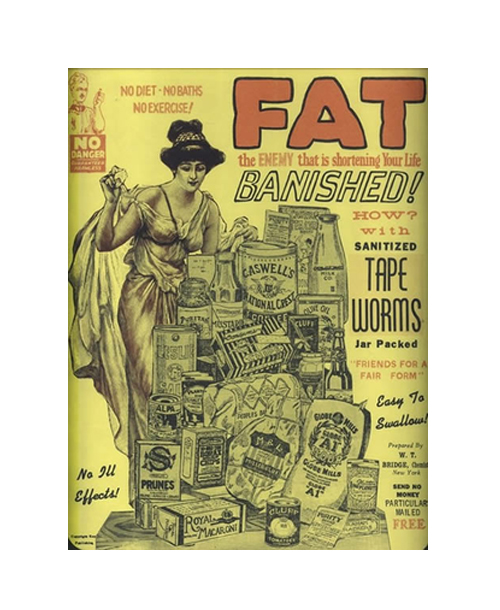
One of the grossest fad diets in history had to do with introducing a little help into your digestive system to deal with those pesky calories. The common tapeworm, is a parasite that thrives in the intestine, growing to absurd lengths as it saps the nutrients from the food you eat. In the 19th and 20th centuries, several enterprising businessmen offered “sanitized tapeworms” in a jar that the desperate dieter would swallow, letting them eat as much as they liked with no ill effects. That is, aside from having a tapeworm in their stomach.
Photo via The Power of 5FM
Lamb Chop and Pineapple Diet, 1924
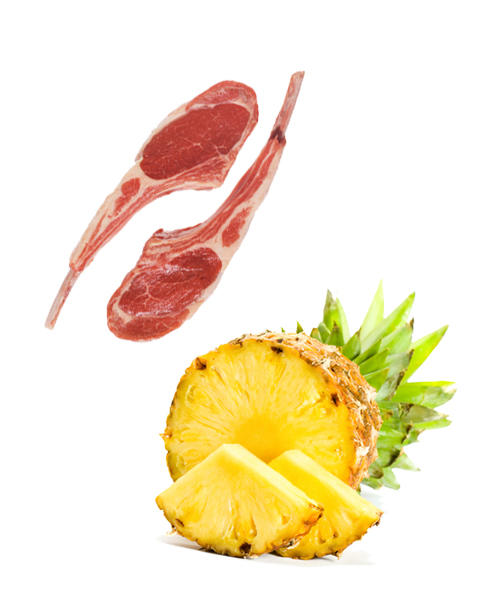
A common fad diet theory is that a certain food or combination of foods can provide everything your body needs to survive—the cabbage soup diet is a notable example. In the 1920s, a particularly ludicrous version of this premise surfaced in the form of the Lamb Chop and Pineapple Diet. For all three meals in your day, you were to eat nothing but lamb chops and fresh pineapple. The dubious science claimed that the acids in the pineapple negated the fat in the chops, and Hollywood actresses swore by it, according to the creators.
Drinking Man’s Diet, 1964
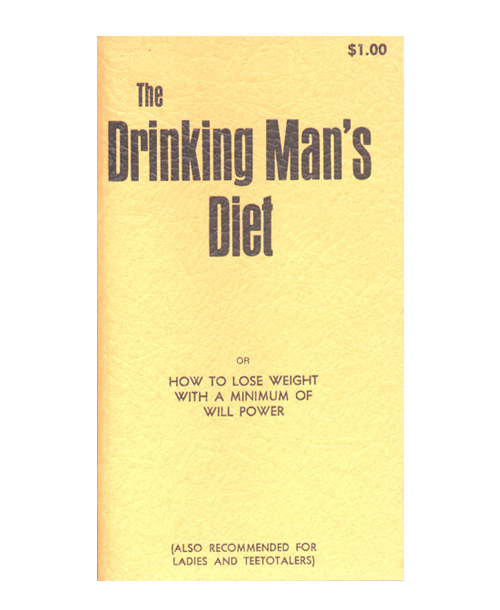
San Francisco roustabout Robert Cameron paved the way for the modern low-carb diet with his 1964 publication of The Drinking Man’s Diet, a slim volume that sold over 2.4 million copies in its first few years. Cameron’s nutrition plan was heavy on steaks, rich cheeses and other fatty foods, with the kicker being that you can drink as much hard liquor as you like, because it contains only trace amounts of carbohydrates. The director of Harvard’s School of Nutrition decried the diet in an article, calling it “mass murder.”
Sleeping Beauty Diet, 1970s
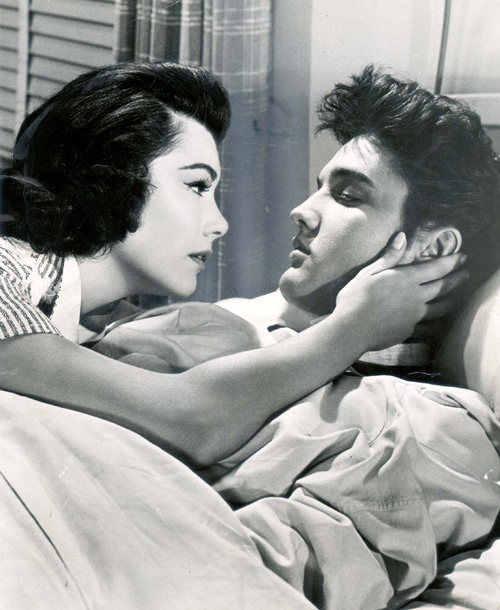
“Eat less and exercise” is the advice at the core of just about every successful diet program. But what about “eat nothing and don’t exercise at all?” Welcome to the Sleeping Beauty Diet, a weight-loss method purportedly used by Elvis Presley. The King would get dosed up on a massive quantity of sleeping pills, enough to tranquilize him for several days. While he slept, his body would turn to burning fat to survive. Needless to say, this fad never really caught on among people who actually had things to do and couldn’t sleep for entire days at a time (not to mention that it's never healthy to starve yourself completely to lose weight).
Ear Stapling Diet, 1970s
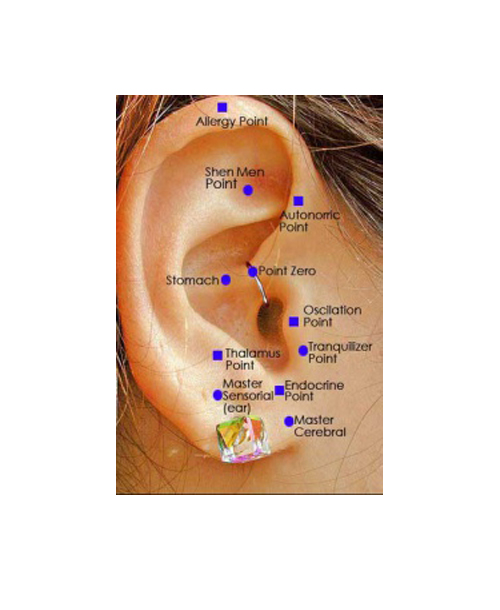
Not every diet revolves around putting things in your mouth. In the 1970s, a popular diet trend required you to put something in your ear. Allegedly based on Chinese acupuncture, the ear stapling diet proposed that a certain pressure point in the ear served as a regulator of your appetite, and by getting surgical staples placed in each side your hunger would be suppressed. Needless to say, there’s no scientific proof of this theory, and it can open your ears up to dangerous infections if not done in sterile conditions and with a professional.
Last Chance Diet, 1976
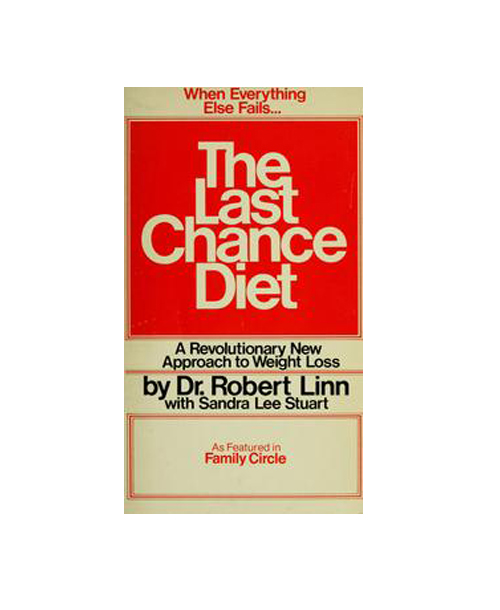
Many fad diets revolve around some special ingredient that’s purported to have miraculous weight loss abilities. For Dr. Robert Linn’s Last Chance Diet, advertised as an absolute can’t-fail plan for people who have washed out of other diets, that ingredient was liquid animal protein made from a blend of chemically predigested cow skin and tendon with artificial flavorings added. Sounds appetizing, right? Under the brand name Prolinn, it was sold to scores of dieters, including celebs like Ed Asner and Valerie Harper. Unfortunately, hundreds of deaths were also attributed to the low-carb diet, and it was quickly taken off the market.
HCG Diet, 2012

A recent diet fad that doctors are alarmed about is the HCG diet, which combines extremely low-calorie meals (as little as 500 calories per day) with injections of a hormone derived from pregnant women. The theory behind the science is that the HCG (human chorionic gonadotropin) reduces the feeling of hunger in subjects, letting them more easily consume less than their body would normally. The problem is that a caloric intake that low can cause serious damage to the gall bladder and result in hair loss, constipation and other unpleasant symptoms.
Cotton Ball Diet, 2013

Here’s a recent entry into the fad diet sweepstakes that can actually be incredibly dangerous. Aspiring fashion models are always trying to keep their weight down, and a new trend is for them to dip cotton balls in orange juice and eat them. The bulk of the cotton is fiber, so they make you feel full but don’t transform into usable calories. Even so, this is really just another form of anorexia.




